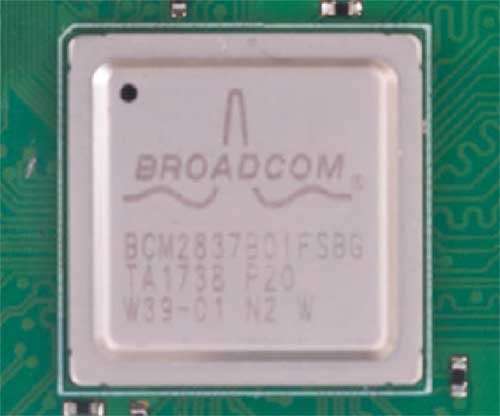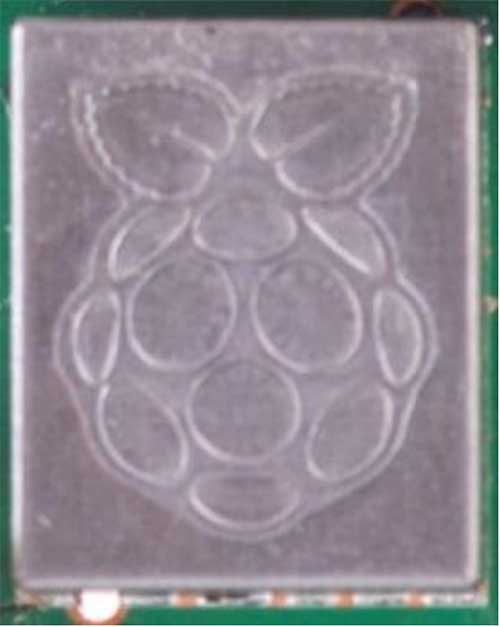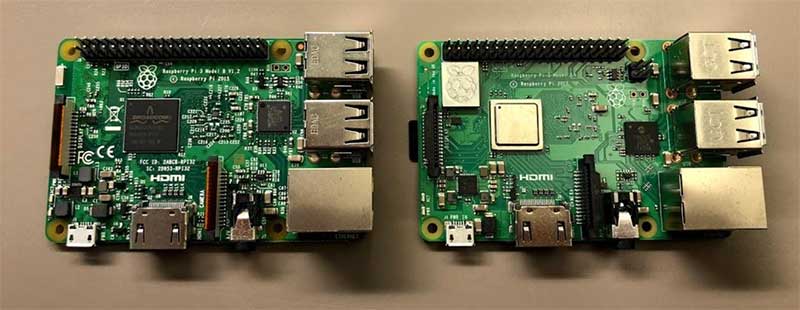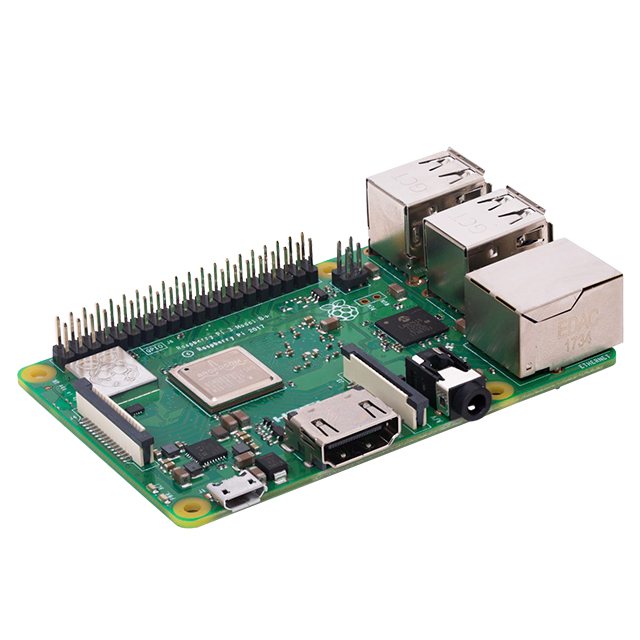Meet the New Raspberry Pi 3 Model B+
2018-03-14 | By Maker.io Staff
On this glorious Pi Day, the Raspberry Pi Foundation announced their latest computer, the Raspberry Pi 3 Model B+!
A New Pi Joins the Family
As the latest Pi to be released, the Raspberry Pi 3 Model B+ contains a wide range of improvements and features that will benefit the designers, developers, and even engineers who are looking to integrate Pi systems into their products. Here are some of the new Pi’s specs:
- Quad core 64-bit processor clocked at 1.4GHz
- 1GB LPDDR2 SRAM
- Dual-band 2.4GHz and 5GHz wireless LAN
- Bluetooth 4.2 / BLE
- Higher speed ethernet up to 300Mbps
- Power-over-Ethernet capability (via a separate PoE HAT)
The table below shows the specs of the Raspberry Pi 3 B and the Raspberry Pi 3 B+ side by side.
| Spec | Raspberry Pi 3 B | Raspberry Pi 3 B+ |
| CPU type/speed | ARM Cortex-A53 1.2GHz | ARM Cortex-A53 1.4GHz |
| RAM size | 1GB SRAM | 1GB SRAM |
| Integrated Wi-Fi | 2.4GHz | 2.4GHz and 5GHz |
| Ethernet speed | 10/100 Mbps | 300Mbps |
| PoE | No | Yes |
| Bluetooth | 4.1 | 4.2 |
Boosts All Around
Thanks to the ever-increasing technological capabilities of electronics, this Raspberry Pi does not fall behind in any category, at least compared to other Pi computers. It either matches the old model’s speed or significantly improves upon it. For example, the CPU has been clocked at 1.4GHz, which is 200MHz faster than the Pi 3 B, and the ethernet speed has been boosted from 100Mbps to 300Mbps.

The heart of the Raspberry Pi 3 Model B+
EMC Compliance
One feature included with the Raspberry Pi 3 Model B+ is a wireless dual-band LAN that comes with modular compliance certification. For those who are unaware, electronic products cannot be constructed and then released to the market without having some tests done to them (see CE and FCC), and many of these tests look for interference. Testing for interference (also known as EMC) can be incredibly costly and difficult to isolate, but, thanks to the WLAN’s modular compliance certification, you can expect significantly lower EMC issues when integrating the Pi into a product.

The Wi-Fi module in its metal housing
Physical Features
While the mechanical layout of the Pi has not changed (GPIO location, drill holes, etc.), the PCB itself has clearly undergone some physical changes. The main processor is no longer housed in a plastic package. Instead, it has a metal package, which may be beneficial for those who want to keep the temperature of the Pi as low as possible (with the aid of a heat sink). The top side also shows fewer components, and a four-pin header (used for PoE) has been included in the top right of the PCB.

Comparison of the Raspberry 3 and 3 B+









